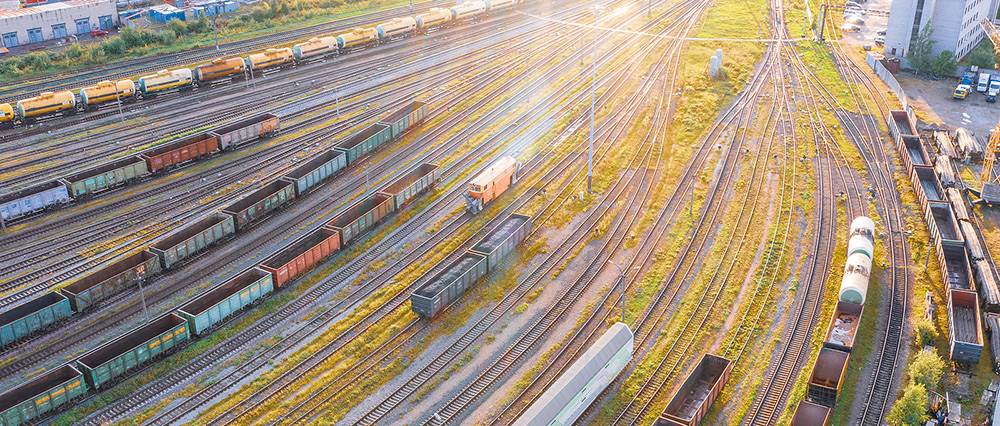
Railway facility planning is a strategic overview analysis of how to locate and develop a parcel of real estate based on projected business and traffic needs. Occasionally, the planning is done for a vacant site — a greenfield project. Far more often, the planning is done for the expansion and/or repurposing of railroad facilities.
Identify the functions
The first step is identifying the operational functions to be considered for a location:
- Train operations: volume of trains, train types, car block swapping between trains, loose car classification volume
- Intermodal operations: anticipated container and trailer lifts, which leads to quantity and lengths of working tracks, support tracks and switching leads; lift equipment selection; maintenance space for those items; and parking
- Maintenance: locomotive resupply, fueling and repair; freight car repair; shifted load repair
- Utilities: electric power, communications, water, stormwater drainage, wastewater, industrial wastewater
- Administrative: railroad operations, engineering, maintenance and security staff. Is space needed for nonrailroaders, such as operations contractors or government inspectors?
These functions can be further broken down into what is absolutely necessary and what should be included if possible.
Opportunities and constraints
Next, one or more potential sites are reviewed for the rough locations of the needed functions. Each site will have opportunities and constraints.
Opportunities: site features or subsite areas that are compatible with one or more functions and/or improve the coordination between two or more functions. Examples:
- The existing railroad main line(s) is along one side of the site: the adjacent land is a good location for receiving/departure or block swap yards or fueling tracks.
- A stream is within the site: this will influence the location of stormwater detention and release.
- A highway is adjacent to a site: the adjacent land is an opportunity for intermodal trucking access and/or the location of administrative buildings to limit most of the auto/truck traffic to one portion of the site.
Constraints: site features or subsite areas that are less- or noncompatible with functions and/or the coordination between functions. Often, features or areas that are opportunities for some functions can be constraints for other functions:
- The area adjacent to the main line is poorly used for the location of most maintenance or administrative functions.
- The low-lying land near a stream may require significant fill for yard tracks. There may be a flooding risk or permitting constraints for other functions.
- The location of yards or other train operating functions adjacent to a highway could result in unacceptable conflicts between trains and roadway vehicles.
Reviewing a site’s opportunities and constraints for functions that are needed and desired starts the process for the preliminary engineering of the facility.
Want to learn more about railway facility planning? Contact Mike Pochop at mpochop@hanson-inc.com.